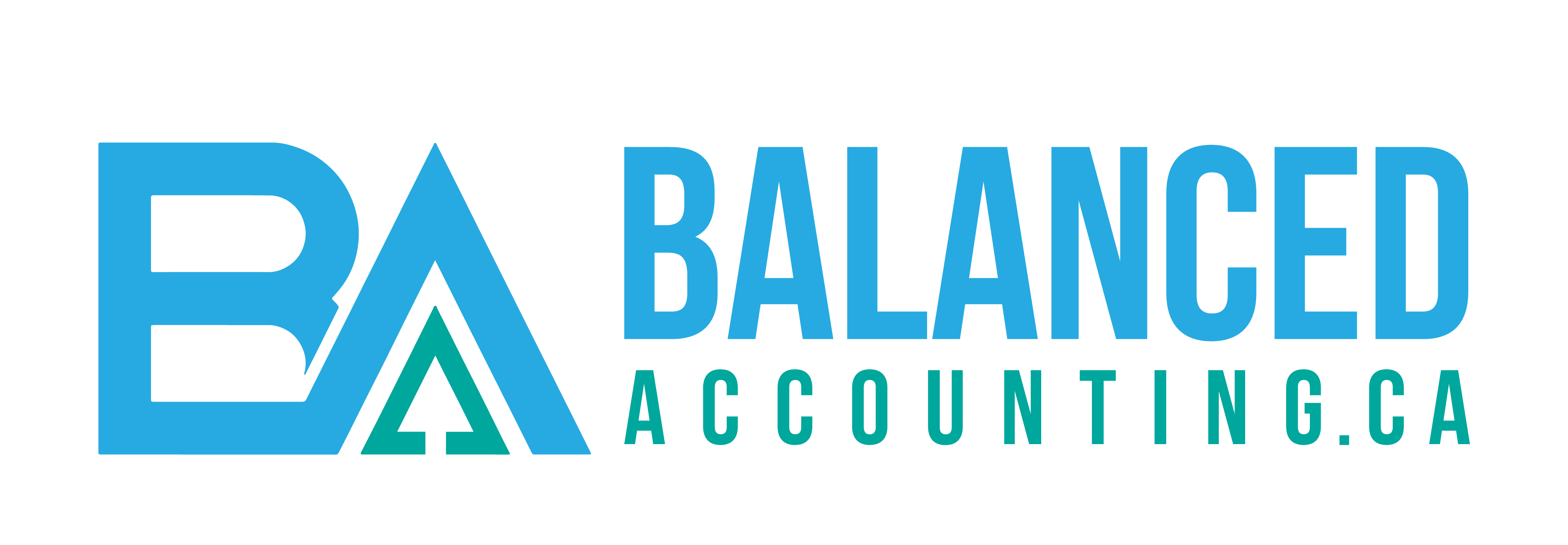WSIB – The Construction Industry and What You Need to Know
The rules surrounding WSIB can be complex, but even more so for those operating in the construction industry.
Unlike other industries, WSIB coverage is mandatory for everyone working in the construction industry (unless they qualify for an exemption). WSIB coverage is required for all workers as well as business owners in the construction industry.
Insurable Earnings
Insurable earnings are calculated differently depending on which worker type category you fall into. These include:
- Workers in receipt of wages or salaries
This type of worker is straight forward and is considered the easiest to report. The insurable earnings for these workers are calculated based on the total amount of gross earnings (i.e. employment income – T4) - Contractors who are workers of the principal (*see clearance certificates note below)
Without a contractor clearance certificate, the principal may be liable for the contractor’s payment obligations to the WSIB up to the value of the labour portion of the contract. - Deemed workers
These are workers that are deemed to be insurable by the WSIB where insurable earnings must be reported, and premiums remitted. These types of workers can include independent operators (“IO”), sole proprietors, partners, and executive officers (“EO”) of a corporation.
Independent Operators:
The WSIB considers IO’s in construction as self-employed individuals, incorporated or not, who do not employ workers but are retained as an operator by more than 1 persons in an 18 month period. This holds true for both sole proprietors without workers AND single officer corporations without workers.
Filing a WSIB return for this type of worker includes the IO determining the labour portion of the contract that has been agreed upon. If the records are adequate to determine the labour portion of the contract (i.e. labour is broken out on the invoice), then this is straight forward. If the labour portion is not easily determined (inadequate records – i.e. labour not broken out on the invoice), then the calculation is a bit more complex and is determined by one of the following methods:
(i) If the records are not adequate to identify labour portion (as described above) AND there is no evidence that the operator supplied major materials or heavy equipment used in the construction work, the entire contract value (100%) will be included in gross insurable earnings;
(ii) If records are not adequate but there is evidence that the operator supplied major materials and/or heavy equipment used in direct performance of the construction work, the WSIB outlines to identify the labour portion using one of the following allowed percentages:
-
- Where operator provided labour and major materials, principal is to use 60% of the contract value as gross insurable earnings
- Where a operator provided labour and heavy constructions equipment, with or without materials, the principal is to use 33 1/3% of the contract value as the operators’ gross insurable earnings (please refer to WSIB’s definition of heavy construction equipment for further guidance).
Sole Proprietors with Workers, Partners and Executive Officers of a Corporation in Construction:
This section applies to the following workers in construction who do not operate their business alone as a single personal business entity:
- A sole proprietor with workers: insurable earnings = the individual’s annual self-employment business income from the proprietorship
- A partner or partnership with or without workers: insurable earnings = the individual’s annual self-employment business income from the partnership
- An executive officer in a corporation with workers: insurable earnings = employment income (i.e. income reported on a T4, T4A, T5, director fees, etc.)
Annual Minimum and Maximum Insurable Earnings
WSIB sets an annual minimum amount of insurable earnings for sole proprietors, partners, and executive officers of a corporation in construction: set at 1/3 of the annual maximum. For example 2022 maximum is $100,422; therefore the minimum is $33,474.
The annual maximum insurable earnings (which applies to all categories of workers) is adjusted each year by WSIB.
WSIB Clearance Certificates
Be aware if bringing a contractor on site, as you could potentially be deemed liable for WSIB insurance premiums owing in connection with the work or service being performed by the contractor. A WSIB clearance relieves a business (the principal) that retains a contractor of this liability for the contractor’s WSIB insurance premiums. Principals and general contractors must obtain a WSIB clearance certificate from all contractors before work begins. You are considered a principal if you hire a contractor or subcontractor.
Make sure you always request a clearance certificate before the work begins.
Closing Comments
WSIB regulations and guidelines are constantly changing. The above article is a high-level summary based on our interpretation of the regulations in place as of July 2022. This article is not intended to provide professional advice but simply a general guideline to get you started in assessing your WSIB filing requirements. There are additional factors to consider which are not outlined in full above. WSIB can be a complex topic and it is important you speak with a professional or WSIB directly to assess your exact situation to determine any potential WSIB filing requirements.
If you are operating in the construction industry and would like assistance assessing your situation or need help filing your WSIB remittances, feel free to reach out and we would be happy to discuss with you.
